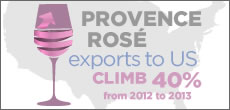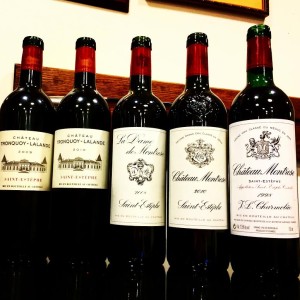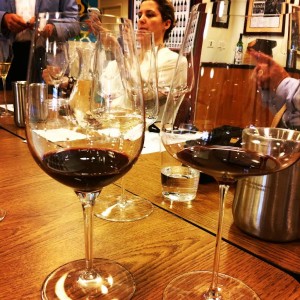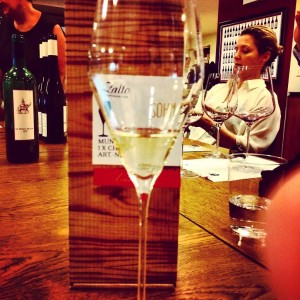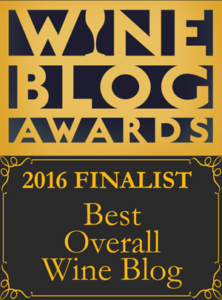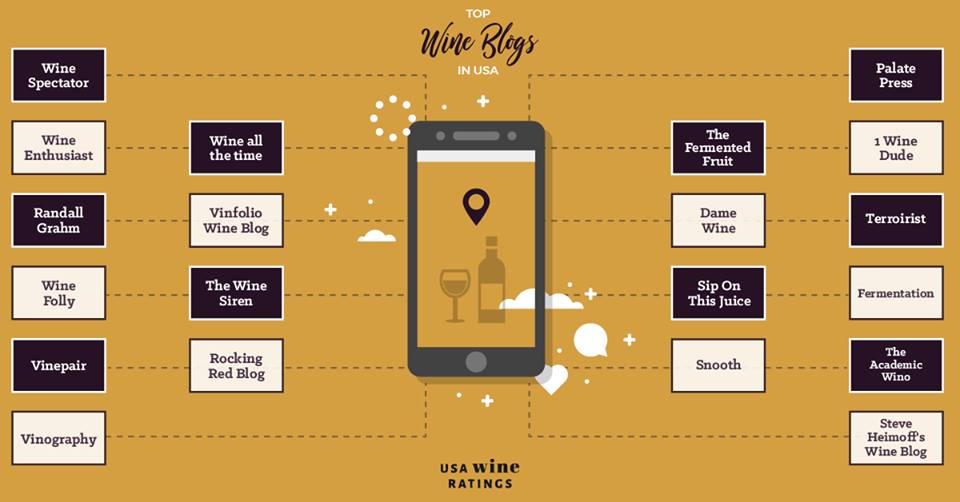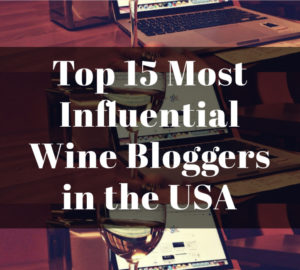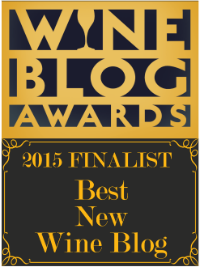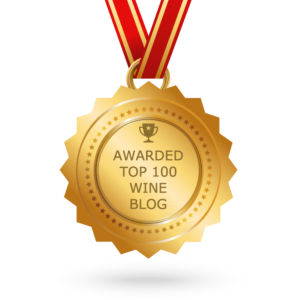Viticultural devastations during the second half of the 1800s in France, such as phylloxera, made fine wines scarce and adulteration and fraud more prevalent. This spurred the creation of french-style regulation of yield, site and grape variety to bring these unsavory practices to an end. This came in the form of developing the AOP, formerly known as AOC, which is administered by the INAO a powerful Paris-based body. This blog post will examine these regulations and address the issue of whether they create more harm than good.
Yields
It was important to set limits for yields to ensure a minimum quality for the consumer. And within the AOP, there are different designations and areas that have varying maximums. For example, Grand Cru AOP wines in Burgundy will generally have a maximum around 40 hl/ha, although exceptions exist such as Chablis Grand Crus having a maximum above 50 hl/ha yield, and some of Gevrey-Chambertin Grand Crus allow a higher yield. Jean-Luc Pepin, Commercial Director of Domaine Comte Georges de Vogue, said that their Grand Crus such as Musigny and Bonne Mares had yields as low as 9 hl/ha for tough vintages such as 2003, 25 hl/ha for average vintages, and 30 hl/ha for the best vintages. He said that all Grand Cru wines are not created equal. Some Grand Cru producers did not keep such ideals about strict yields depending on the quality of the vintage. As long as they meet the maximum of 40 hl/ha, which is high for poor vintages, they are able to receive the Grand Cru AOP status, and hence, charge prices accordingly. Pepin said this is bad for the region as a whole, since a consumer may buy a less quality minded producer and have a bad experience. This argues the point that French-style regulation for yield does not guarantee higher quality for every vintage, and may even misinform the consumer.
Conversely, it may be said any reasonable maximum for yields is better than nothing. There are no such yield regulations for different quality levels in Argentina. Most consumers will not pay that much for Argentina wines because of a preconception of lower quality, partly due to lack of rules. And there are high quality wines that are not able to charge higher price points, such as Michel Torino’s Malbec that self imposes a maximum yield of 45 hl/ha. A much bigger and well know winery, Catena, has the same self imposed yields but sells for $20USD for their basic Malbec, but that is only because they have the resources to promote their brand. At least in Burgundy a 1er Cru is recognized as meeting a certain level of quality, and even if the producer is not known, the wine will get a premium price due to the fact that 1er Cru guarantees a certain quality. This illustrates the good of French-style regulation in regards to creating a system that will indicate more quality conscious producers, especially for those producers who do not have the budget to promote their name on a global scale.
Site
The appellation system does not always denote the highest quality wines in the region. The long established Vins et Vignobles Dourthe company has a stable of Bordeaux Superieur wines but they do not have a Grand Cru Classe from the Medoc in their portfolio. They have decided to not allow AOP and classification regulation to stand in their way of making a great wine. They started to produce Essence de Dourthe which is a blend of their best plots in St.-Estephe, Pessac-Leognan, Medoc, and St.-Emilion. Also, they only produce this wine in the best vintages. This is a high quality wine that is only given AOP Bordeaux status. According to the local regulation of sites this wine is only given the quality status of a regional wine. This is one of many examples were the appellation designation for French-style regulation does not always acknowledge high quality wines.
Alternatively, there is the argument that some countries have placed their long term success in jeopardy by not establishing a sense of different quality levels depending on site and/or region. Australia is a great example of coming into the export market with the idea of value with no real sense of specific site designations. They have realized that this has been a detriment to their premium wines sales. They are trying to remedy this issue by educating retailers and consumers in their key markets about the diversity of the landscape of Australia. French-style regulation may be too rigid when in comes to quality designation associated with sites. But simply the idea of having such a system establishes in the consumers’ minds that this country has many high quality sites, and so it must be a high quality winemaking country. This is where French-style regulation helps to raise the value perception of the country as a whole.
Grape Variety
French-style regulation limits the varieties that each area may use to gain AOP status. A report came out recently that stated ancient grape varieties may help deal with climate change in the hot areas of Southern France. There are almost 40 varieties that are said to have grown in the Southern regions over 100 years ago. These varieties have almost completely disappeared from negligence. This study has shown that these ancient varieties may be ideal for the warming effects of climate change due to their lower sugar production. Unfortunately, these varieties are not hermaphroditic, but female vines, and are not authorized by French regulation. These regulations could cause great harm in the future as certain regions in France may not have the ideal climate in the future for the only grape varieties the AOP allows in that region.
But not having any rules about variety matching with site may tarnish the reputation of that variety. For example, during Merlot’s height of popularity during the 1980s and 1990s in the US, there was a lot of Merlot being made in the hot areas of the Central Valley in California because the land was cheap. This produced flabby, jammy wines that created an image that Merlot was not a noble, high quality variety. Consequently, the variety still has issues in the fine wine sector, especially if produced in a New World country. French-style regulation helps to ensure that AOP wines will represent varieties that are grown in appropriate locations.
Does French-style regulation allow agricultural practices that harm vineyards?
Oliver Cousin has been in a legal battle with his local AOP branch, InterLoire, for a few years. One of the biggest concerns he has is that he feels the InterLoire encourages unhealthy agricultural practices. The organic certification has become more important than the appellation in his mind. He says under French-style regulation, a producer can use some agrochemical products that are toxic to the earth. He argues that the appellation rules are enforced by the same people who use all sorts of agrochemical in their own vineyards. There is no incentive to have better agricultural practices within the AOP system. It is typically more profitable and less labor intensive to use agrochemicals, and since some of these products are not a barrier to attaining a higher quality AOP status, it stands to reason that French-style regulation allows agricultural practices that harm vineyards.
But French-style regulation does allow for organic certifications to be placed on labels. Especially considering that agrochemicals are a necessity for many vineyard growers to survive, this may point out that the regulations do not want to penalize those operations that do not have the resources to employ more organic practices.
French-style regulation was a necessity at one time. Its purpose was to protect the consumer against unethical practices and to guarantee quality. When they were first formed they certainly were an improvement in creating more ethical practices within the French wine world. But with time it has become evident that French-style regulation needs to be improved. They need to become more precise and adapt to the changing environments of various French regions. A standard yield maximum for every vintage does not always guarantee quality. Site regulations do not always give a clear indication of the various levels of quality. Grape variety limitations do not always equate to perfectly matched varieties and regions. And french-style regulation does not encourage better environmental practices. The regulations do not create more harm than good; they simply need to be updated to sustain their validity.











